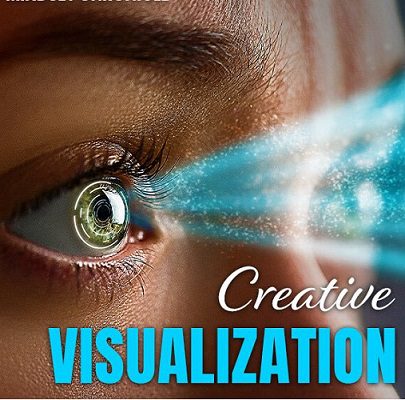Law of figure and ground in Gestalt How to use and Examples
Law of figure and ground in Gestalt
Imagine that one day you wake up early with enough energy to get out of bed one spring morning. You dress in comfortable clothes, grab your house keys, and decide to go outside for some fresh air. Later, walking down the street, you come across a sharp image with striking colors, unexpected shapes, symmetrical schemes and small print. This variety of visual stimuli will inevitably catch your eye. In fact, today’s society is full of images with similar characteristics. For this reason, psychology has long questioned the different types of perception that human beings have to understand the world. In this article we will provide you the information about the Law of figure and ground in Gestalt.
Each theoretical current sought specific criteria on the study of individuals, both in personal and social spheres.
More about Law of figure and ground in Gestalt
The law of the figure and background in Gestalt is a theoretical principle based on the fact that the human being interprets images from the separation between the figures that are presented and their respective background. In this way, this mechanism responds to an ordering of visual information that must be processed by the mind.
First, the figures are contemplated through a concrete meaning linked to elements already known by the person. After carrying out this process, a meaning is given to the background that appears within the stimulus to complete the glimpsed information. This principle does not correspond to a voluntary attitude, but one that is carried out spontaneously .
How to use the figure and ground law of Gestalt
To better understand what the Gestalt law of figure and ground consists of, it is important to place some crucial points of this theoretical postulate. For this reason, below we show you how the Gestalt law of figure and ground is applied:
- Focusing attention : the first step that the mind takes is to place attention on a concrete visual stimulus. For this, it is necessary to resort to the interpretation of the visible element.
- Interpretation of the figure : after having focused attention on the selected image, focus attention on the figures that appear within it. This has the effect of providing a tentative understanding of the main elements to be found there.
- Establishment of background : once the main figure that gives meaning to the observed image is understood, the background is taken as a reference to establish a relationship between both parts. In this way, the interpretation of the visual stimulus is produced based on the perception of each person.
It should be noted that the various meanings that can be given to images are closely related to prior knowledge that people have. In this way, life experiences, everyday objects and social or family aspects, among others, can come into play. Therefore, perception is inevitably conditioned by the cultural, social and political environment of each human being.
Examples of the Gestalt law of figure and ground
Finally, in this topic you will find some examples of specific situations that will help you to better understand the possible uses of this theoretical principle.
First, optical illusions have notorious traits that allow for varied interpretations of the same image. If a photograph of an irregularly shaped figure with a dark background is observed, one possibility would be to think that the central figure is a canopy, while the background consists of two faces. In this case, we must bear in mind that the initial perception will be directed towards the central figure.
Second, advertising often also makes use of the Gestalt figure-ground law principle. To develop it, logos are created for products that are sold. As an example, it can be said that multinational beverage companies have designed images that emphasize the figure. In this way, meaning is given to the background as it may have a certain link with the elements that appear within the visual field.




